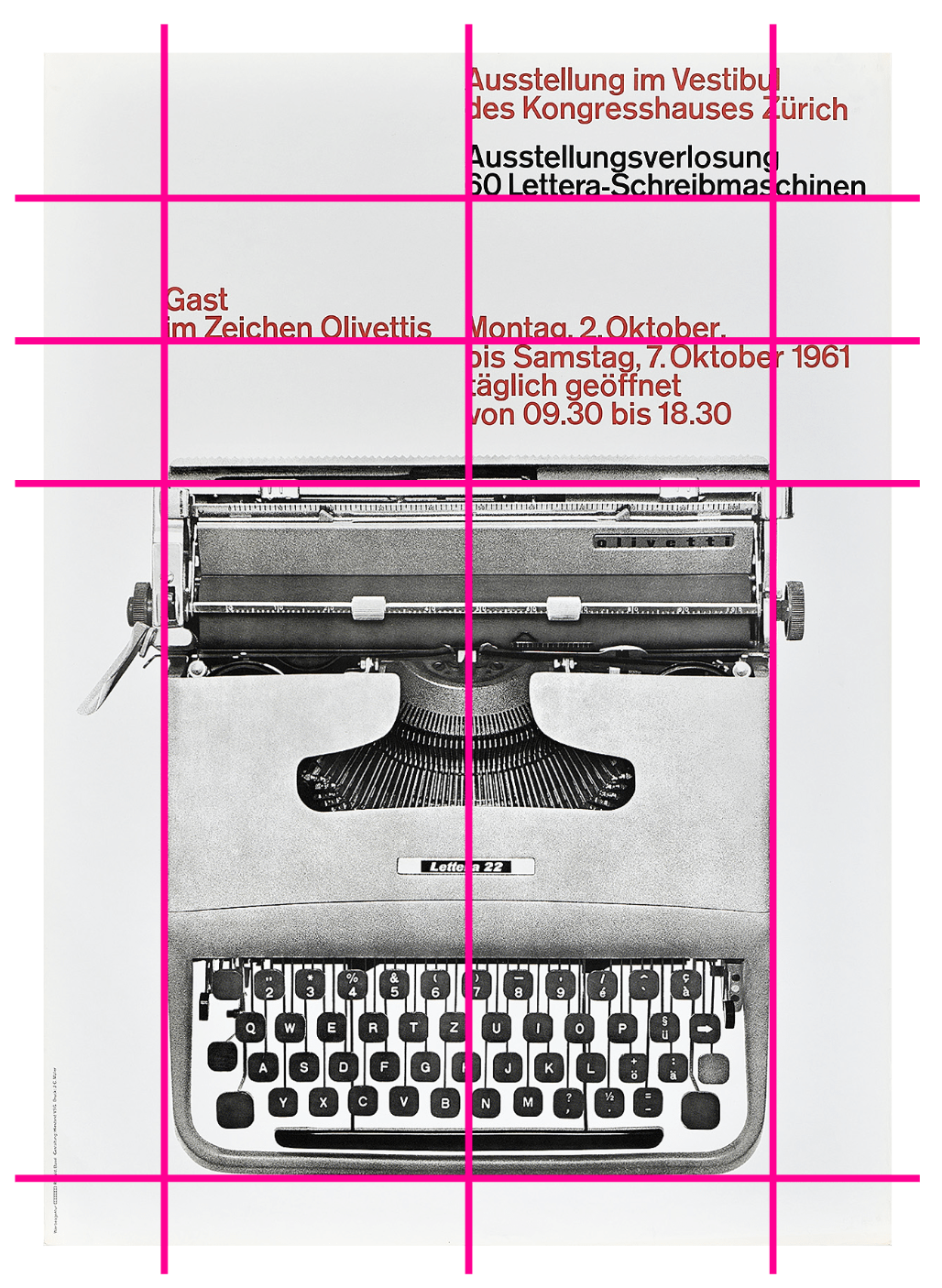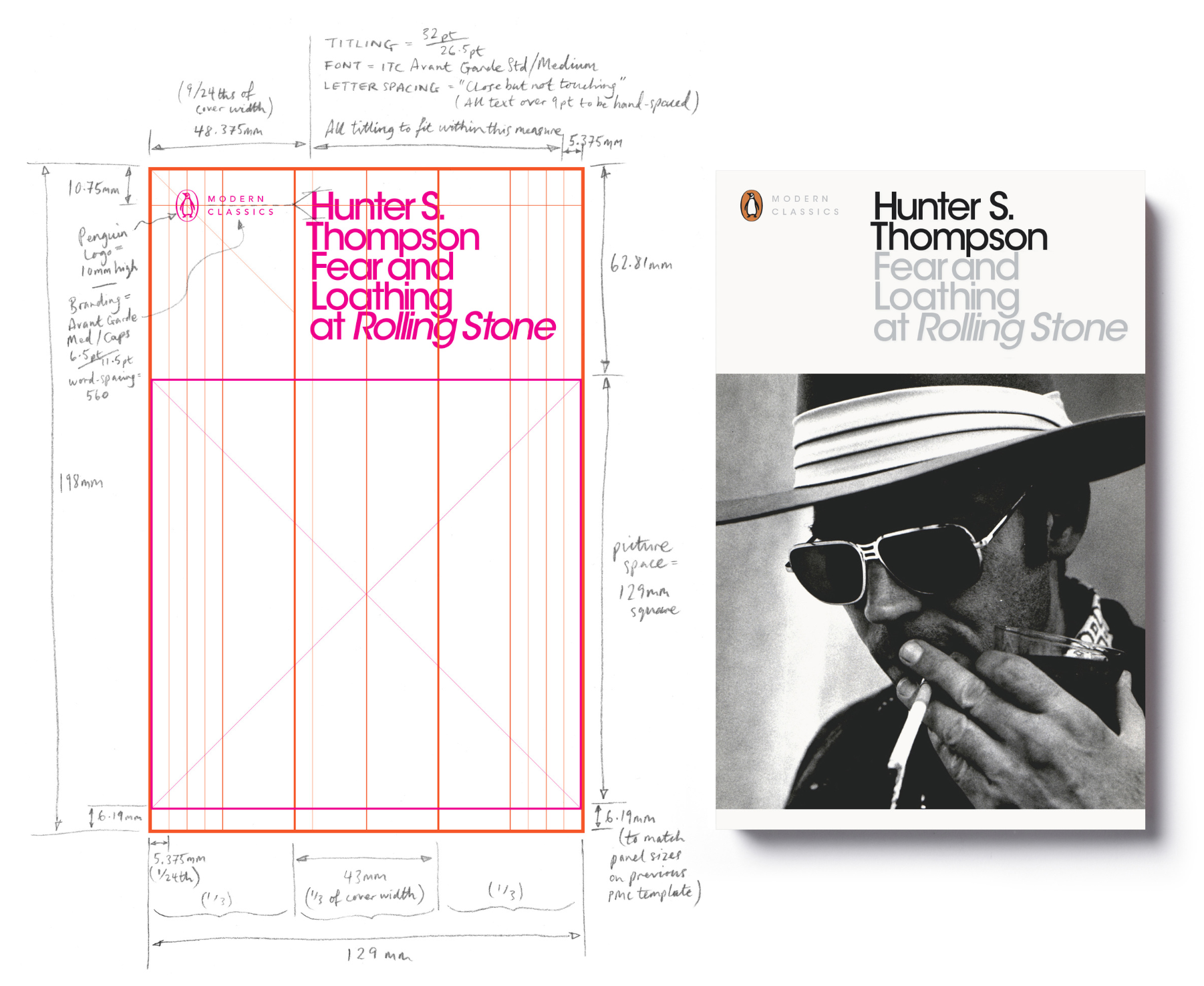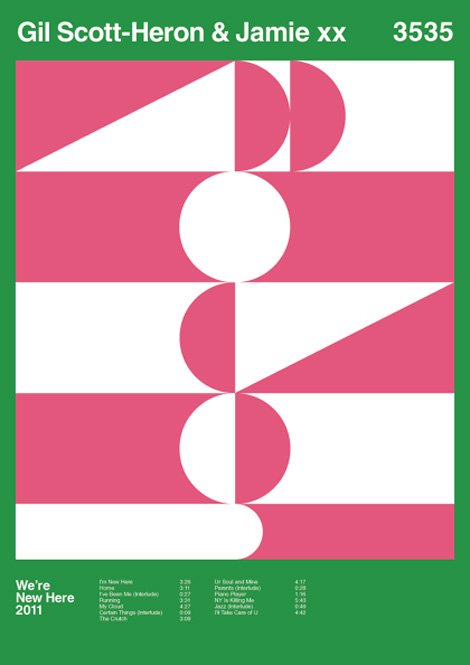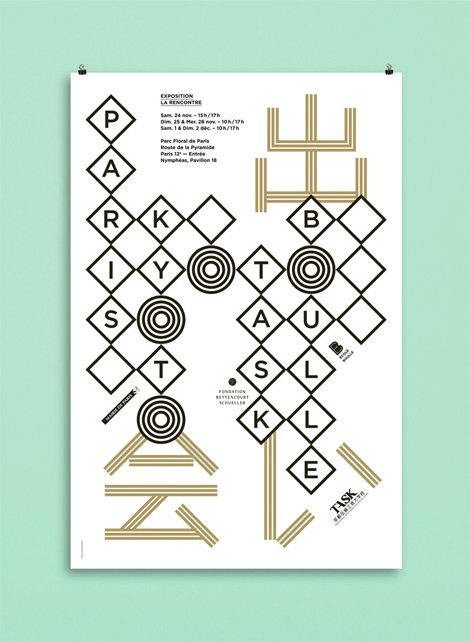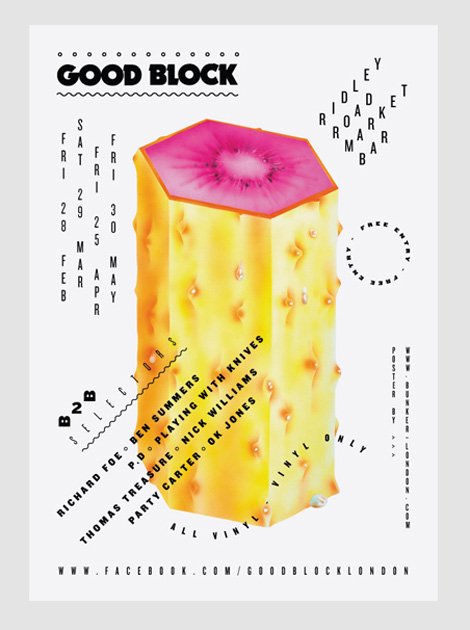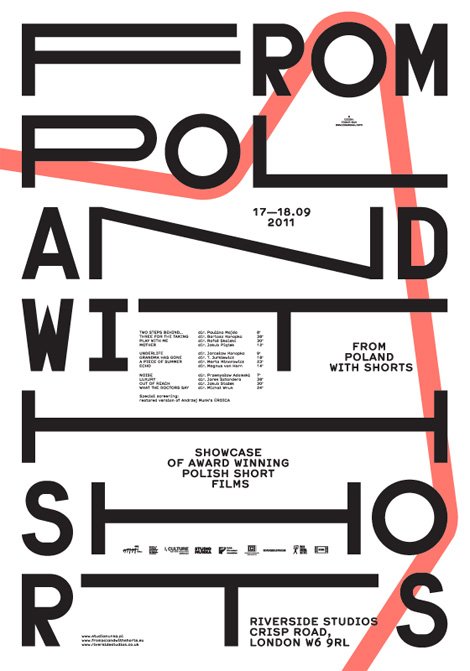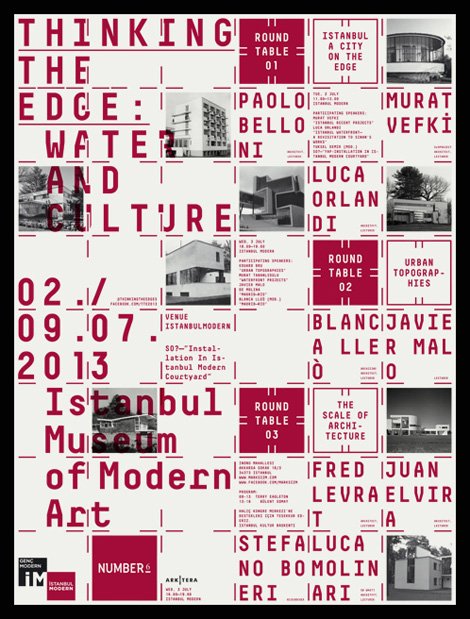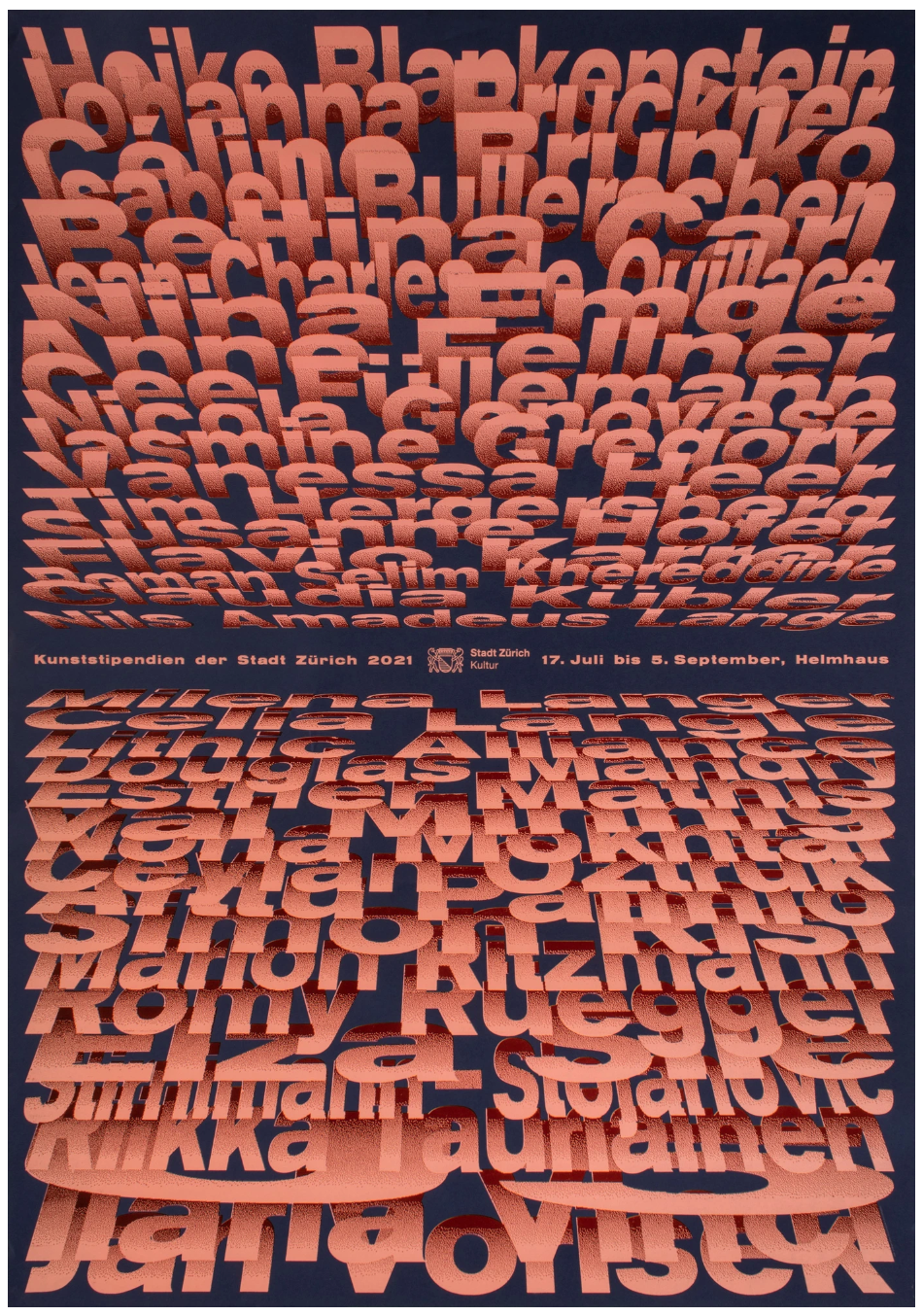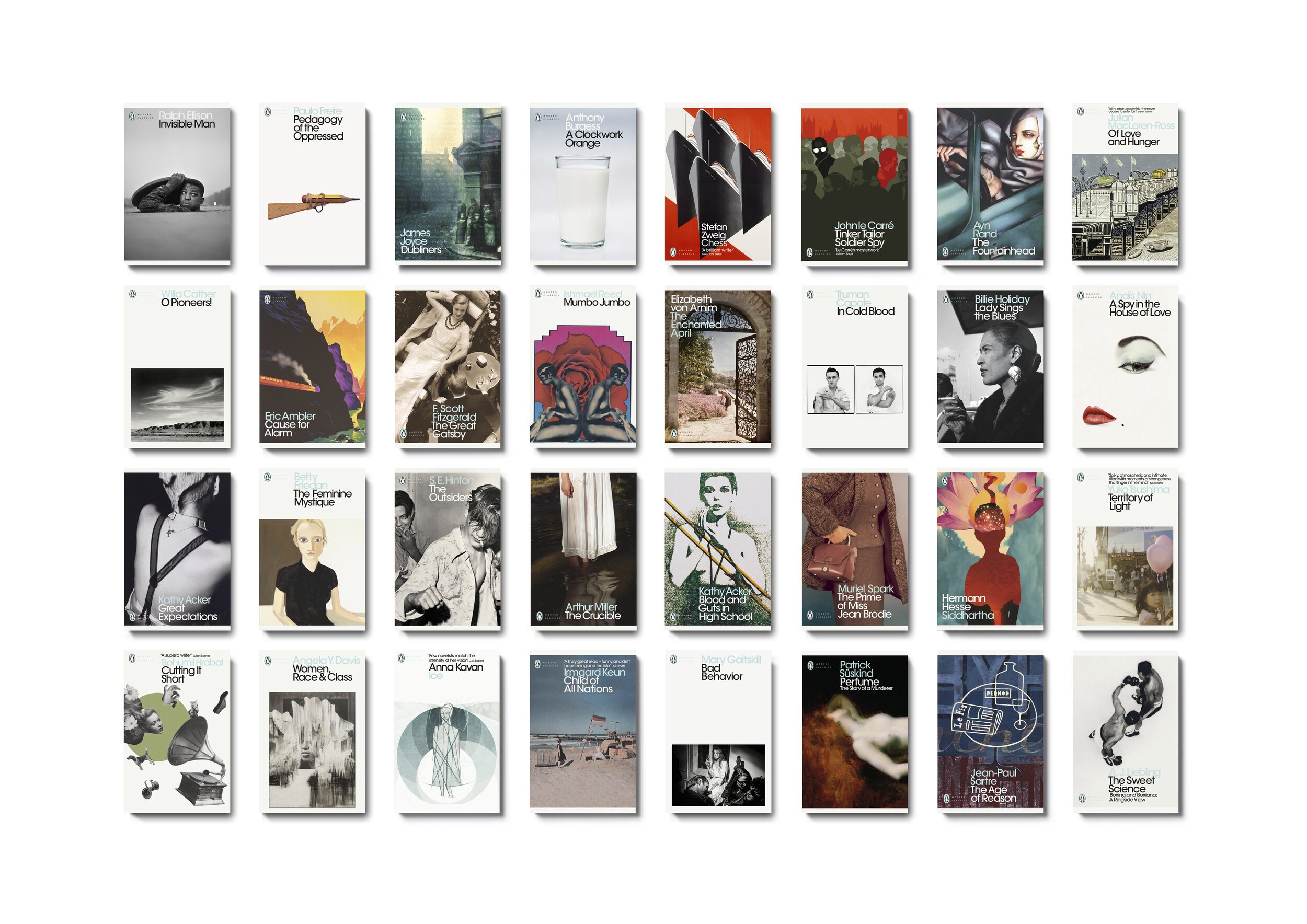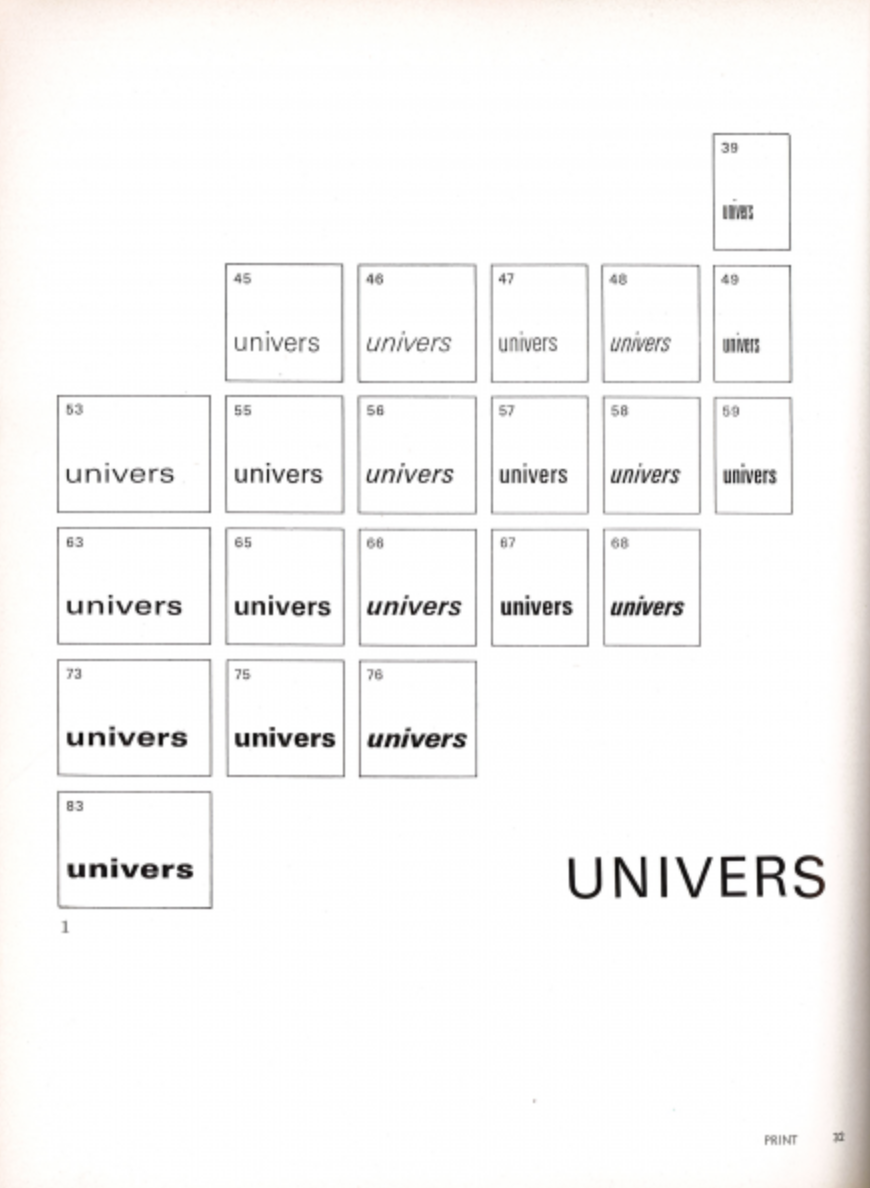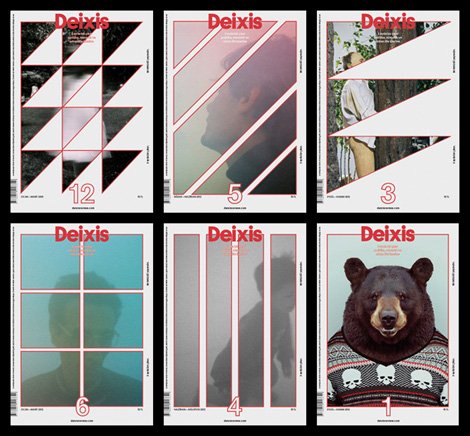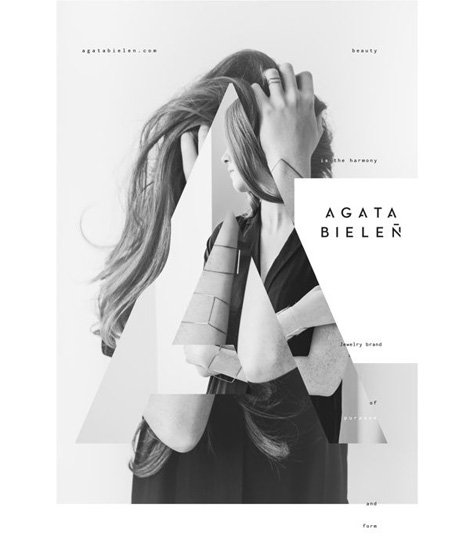#001 - Hello! and Swiss Design
Originally uploaded September 15 2022.
Band posters designed by Mike Joyce and inspired by Swiss Style
So… this is my first ever blog. Be kind!
As part of the HNC Visual Communications course I’m doing at City of Glasgow College (AKA ‘The Night Shift’) I’ll be doing regular blog posts detailing the contextual graphic design research work section of the class. The first research task is to explore Swiss Design.
Swiss Design - What have I learnt so far?
Swiss Design AKA The Swiss Style AKA The International Style AKA Anonymous Style (and a few others) was pioneered by a group of designers in Switzerland (who weren’t all Swiss) in the aftermath of the Second World War.
Unlike the rest of Europe which was economically ravaged and culturally traumatised, neutral Switzerland came out of the War relatively unscathed. Due to the better economic and social circumstances available, lots of artists flooded into Switzerland and heralded a period of cultural growth for the country.
The basic tenets of Swiss Design are as follows:
Usually involves an asymmetrical layout,
Sans serif type faces (such as: Akzidenz Grotesk, Univers, Helvetica) (Poster House, 2020)
Favours use of photography over illustrations. (Budrick, 2020)
“What is new in this art is its almost mathematical clarity. Though full of striking details, it relies for effect not upon ornament but on the balance and tension of form and color. The style, which is in a state of continual flux, is the direct product of the theme or the industrial subject.”
The Key Players - Who’s who?
Many designers were influential in the creation and proliferation of Swiss Design, which led to it spreading around the world and informing much of modern design today, however three of the key figures were Ernst Keller, Emil Ruder and Josef Müller-Brockmann.
ERNST KELLER
Keller (1891-1968) is often referred to as “the Father of Swiss Style” (Poster House, 2020) as he directly trained most of the key players who would go on to define the movement.
Keller taught at the Kunstgewerbeschule (School of Arts and Crafts) in Zürich, where he was a professor of graphic design and photography from 1918 to 1956 (Kunstbreite, 2012). He pioneered a simplistic and impactful style of design which would go on to inspire his students to develop his teachings into the Swiss Design movement.
Two students of Keller’s would go on to take up key roles in the development of the Style: Emil Ruder - based out of Basel, and Josef Müller-Brockmann based out of Zürich.

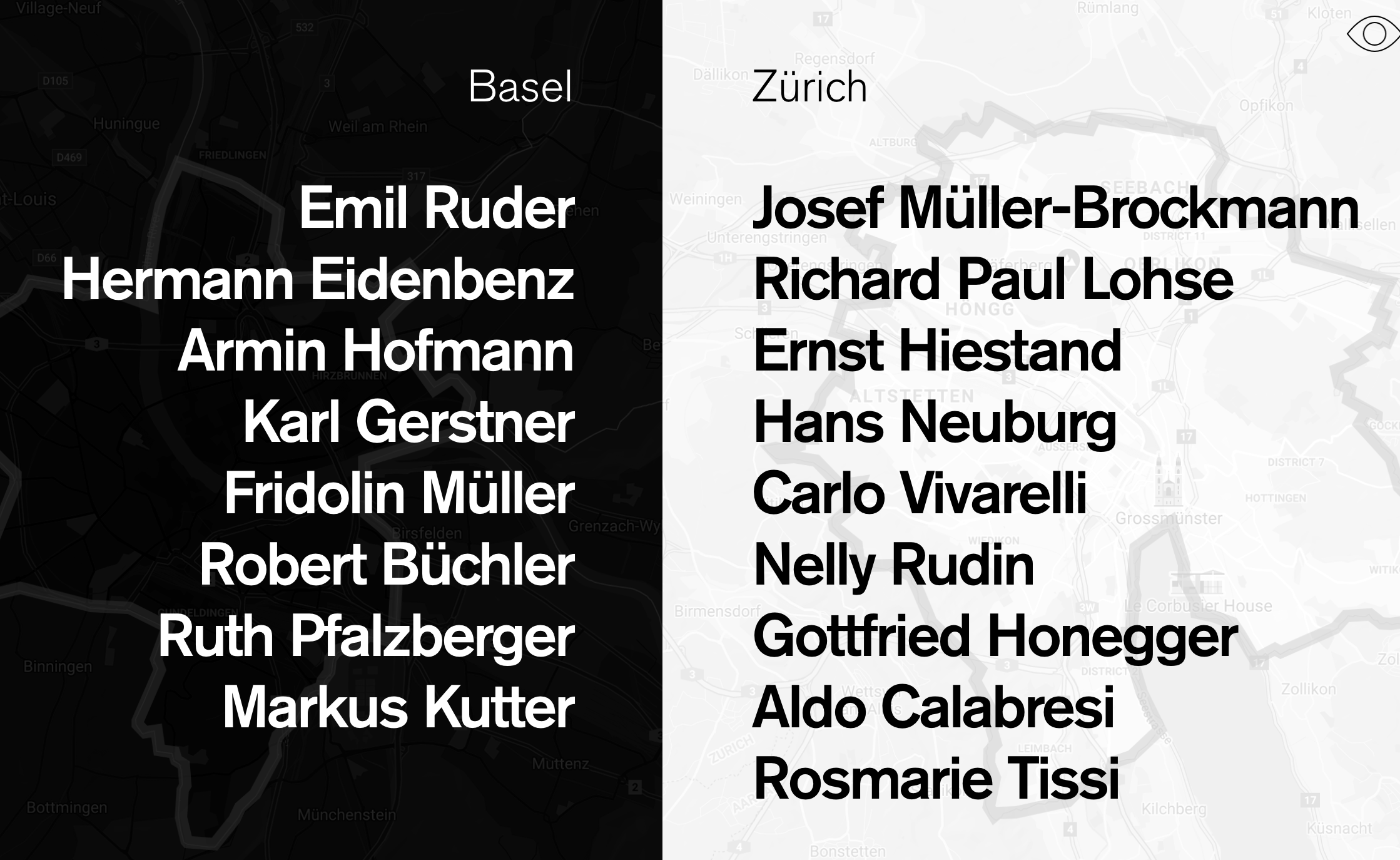
EMIL RUDER
Born in 1914, Ruder studied under Keller amongst other prominent Swiss designers at the Zürich School of Arts and Crafts where he was immersed in the teachings and principles of the German Bauhaus movement. In 1947, he became a typography instructor at the Schule für Getaltung, Basel (Basel School of Design). After 20 years of working and teaching, he published his magnum opus “Typographie” in 1967, which is still to this day considered essential reading for trainee designers (Typeroom, 2020).
Alongside Armin Hofmann, another designer integral to the creation of the Swiss Style, Emil Ruder helped form the Basel School of Design. He was particularly focused on typography, and taught that “above all, typography's purpose was to communicate ideas through writing” (Design Is History, no date). A key tenet of the Swiss Style is the use of sans-serif typefaces and Ruder in particular favoured Univers as his typeface of choice (Typeroom, 2020).
“Typography has one plain duty before it and that is to convey information in writing. No argument or consideration can absolve typography from this duty.”
JOSEF MÜLLER-BROCKMANN
Müller-Brockmann was also born 1914 and also studied under Keller at the Zürich School of Arts and Crafts. Whilst both him and Ruder are considered extremely influential in the creation of the Swiss Style, Müller-Brockmann is arguably the more famous and well-known of the two (Design Is History, no date). Like Ruder, he also became a teacher of design and went on to inspire further generations of designers to further spread the iconic Swiss Style.
Müller-Brockmann’s key input into the development of Swiss Design was his work on grid systems. Some of his key works include The Graphic Artist and his Design Problems (1961), History of Visual Communication (1971) and Grid Systems in Graphic Design (1981). He wrote and taught extensively on the benefits of the grid system and to this day the grid is an integral part of every designer’s toolbox; indeed many designers would find it hard to imagine working without one.
“Working within the grid system means submitting to laws of universal validity.”
Form Follows Function - Exploring the key elements of Swiss Design
In this next section, I’m going to visually explore each of the key elements of the Swiss Style: grids, asymmetrical layouts, sans serif typefaces, and photography over illustration. Each element will be explored through a series of images of contemporary design and pieces by the pioneers of the movement.
GRIDS
ASYMMETRICAL LAYOUTS
SANS SERIF TYPEFACES
PHOTOGRAPHY OVER ILLUSTRATION
Thanks for reading my blog.
References
Poster House (2020) The Swiss Grid. Available at: https://swissgrid.posterhouse.org/ (Accessed: 6 Sep 2022).
Budrick, C. (2020) Swiss Style: The Principles, the Typefaces & the Designers. Available at: https://www.printmag.com/featured/swiss-style-principles-typefaces-designers/ (Accessed: Sep 6 2022).
Tejada, R. (2020) GRIDS are games: notes on a relationship. Available at: https://posterhouse.org/blog/grids-are-games-notes-on-a-%e2%80%a8relationship-1/ (Accessed: 6 Sep 2022).
Müller, J. and Wiedemann, J. (eds) (2020) The History of Graphic Design 1890-Today. 40th Edition. TASCHEN.
Kunstbreite (2012) Keller, Ernst (1891-1968). Available at: https://www-kunstbreite-ch.translate.goog/Kuenstlerwerdegaenge_aargau_keller_ernst.htm?_x_tr_sl=de&_x_tr_tl=en&_x_tr_hl=en&_x_tr_pto=sc (Accessed: 11 Sep 2022).
Typeroom (2020), In grid we trust: Emil Ruder aka the iconic pioneer of Swiss Style. Available at: https://www.typeroom.eu/in-grid-we-trust-emil-ruder-aka-the-iconic-pioneer-of-swiss-style (Accessed 15 Sep 2022).
Stoddart, J. (2022) Jim Stoddart. Available at: http://www.jimstoddart.co.uk/ (Accessed: 15 Sep 2022).
PrintMag (2015). Subtleties of the Univers. Available at: https://www.printmag.com/design-inspiration/subtleties-of-the-univers/ (Accessed 15 Sep 2022)
PrintMag (2020). The Best-Known Type Specimen In The Univers(e). Available at: https://www.printmag.com/featured-design-history/the-best-known-type-specimen-in-the-univers-e/ (Accessed 15 Sep 2022)
Design Is History (no date) Emil Ruder. Available at: http://www.designishistory.com/1940/emil-ruder/ (Accessed 6 Sep 2022)
Design Is History (no date) Josef Müller-Brockmann. Available at: http://www.designishistory.com/1940/joseph-mueller-brockmann/ (Accessed 6 Sep 2022)

